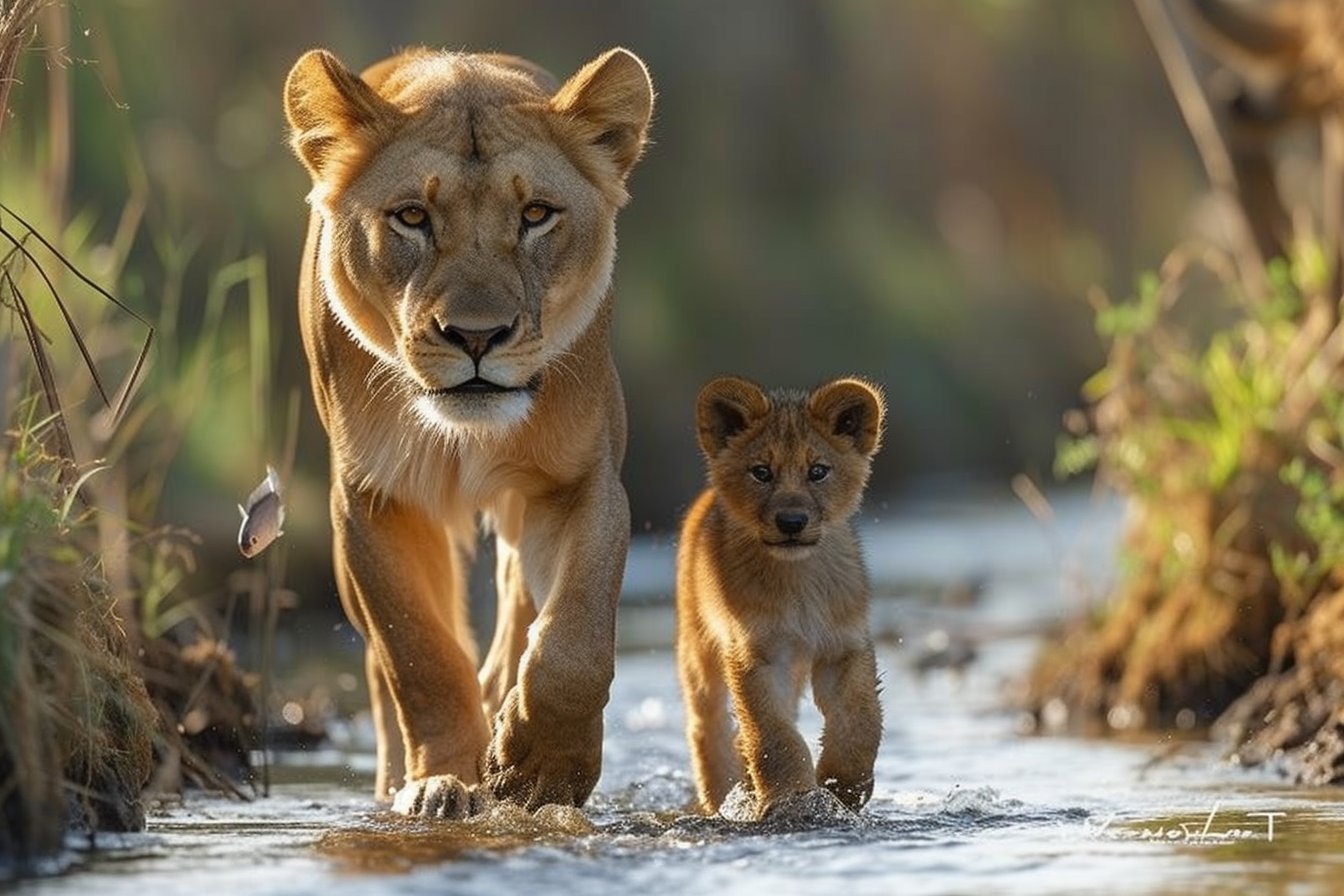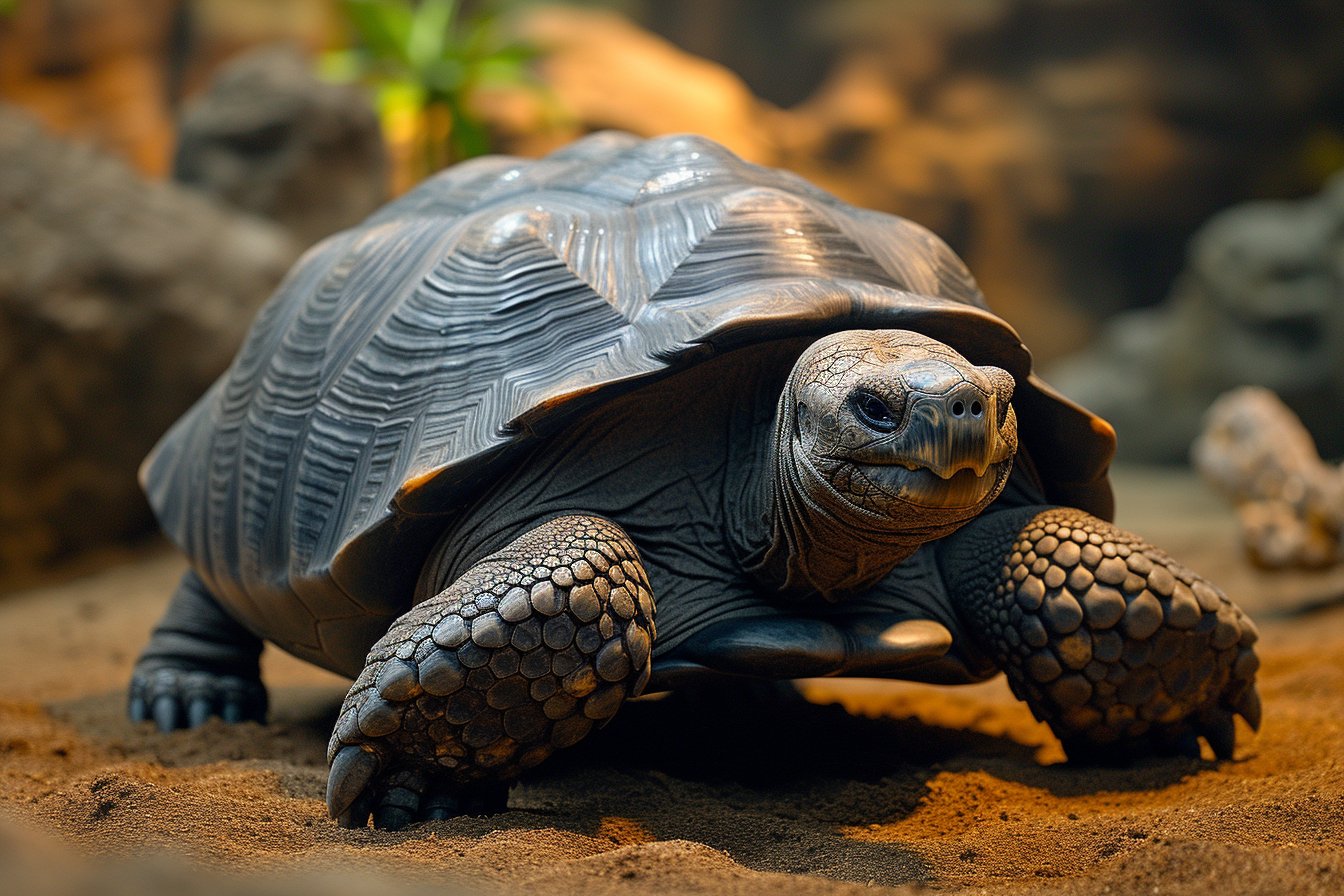In the vast animal kingdom, the lifespans of different species can vary greatly. While some are ephemeral, others have managed to stand the test of time, astonishing us with their extraordinary longevity. In this article, we will delve into the fascinating world of animal longevity and reveal which creatures boast the longest lifespans.
Marine life’s eternal youth: The immortal jellyfish
When it comes to eternal life, no other creature holds a candle to the immortal jellyfish (Turritopsis dohrnii). This tiny hydrozoan made headlines for its astonishing ability to revert back to its juvenile form once it has reached maturity. By doing so, it essentially avoids death as long as it doesn’t succumb to disease or predation. In a sense, it can be said that this jellyfish species has achieved biological immortality.
The secret behind this exceptional animal
Researchers believe that the key to the immortal jellyfish’s remarkable lifespan lies in a process called transdifferentiation. It is a rare phenomenon in nature in which one cell type transforms directly into another without undergoing replication, thereby allowing the jellyfish to revert itself repeatedly.
In the realm of sharks: The Greenland shark
Another marine creature deserving mention in terms of longevity is the Greenland shark (Somniosus microcephalus), which ranks among the longest living vertebrate animals on our planet. Recent studies have shown that these enigmatic deep-water predators can live for more than 400 years, with some specimens reaching over five centuries in age!
Decoding the shark’s extreme age
By analyzing the carbon content of the shark’s eye lenses, scientists were able to estimate their ages. Many believe that the extremely low temperatures in which these sharks are found may play a crucial role in slowing down their metabolism and hence, contributing to their remarkable lifespans.
Slow and steady: The tortoise race
In the reptile world, tortoises hold a reputation for being among the longest living animals. In particular, the Galapagos giant tortoise (Chelonoidis nigra) and the Aldabra giant tortoise (Aldabrachelys gigantea) have been known to live well over 100 years. Some famous examples include Harriet, who lived to be 175, and Jonathan, currently 189 years old and still going strong.
Factors contributing to the tortoise’s longevity
- A slow metabolism: Since tortoises have a lower metabolic rate than most animals, they tend to age more slowly as well.
- Effective defense mechanisms: Their hard shells protect them from potential predators, ensuring survival into old age.
- A plant-based diet: A herbivorous lifestyle has been linked to longer lifespans in various animal species, including tortoises.
Not just a pretty decoration: The extraordinary life of koi fish
While these graceful, ornamental fish might not seem like prime candidates for phenomenal longevity at first glance, some koi fish (Cyprinus carpio) have been documented to live for well over a century. The oldest recorded koi, named Hanako, reached an astonishing age of 226 years before passing away in 1977.
The secret of the koi’s long life
Experts believe that a combination of factors contribute to the outstanding lifespans of certain koi fish, including excellent genetics, proper care, and an optimal living environment. Moreover, they possess unique cells called telomeres that allow them to age much slower than other animals.
From sea to land: The incredible ocean quahog clam
Rivaling even some of the longest living marine creatures is the ocean quahog clam (Arctica islandica), a bivalve mollusk native to the North Atlantic Ocean. One particular specimen, named Ming after the Chinese dynasty during which it was born, was found to be an astounding 507 years old at the time of its death, making it the oldest known non-colonial animal in existence!
Unraveling the secrets of clams’ extreme age
Researchers are still trying to fully comprehend the reasons behind the incredible longevity of ocean quahog clams, but some surmise that it may have to do with their ability to withstand environmental stressors and maintain cellular function despite the accumulation of oxidative damage, which normally leads to aging in most organisms.
Honorable mentions: Other exceptionally long-lived species
- Greenland whales: Also known as bowhead whales, these Arctic giants can live more than 200 years.
- Elephants:The world’s largest land mammals, elephants have been known to live up to 70 years.
- Parrots: Some species of parrots, like the macaw or Amazon parrot, can live well into their 80s or even longer.
- Red sea urchins: Several Caribbean sea urchin species have been documented to reach ages of over 100 years.
In conclusion, the animal kingdom is filled with awe-inspiring examples of longevity, spanning various habitats and taxa. While some creatures may seem more impressive than others, their remarkable lifespans offer intriguing insights into the science of aging and open up new possibilities for research on extending human life.






